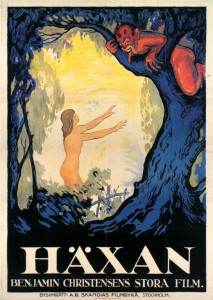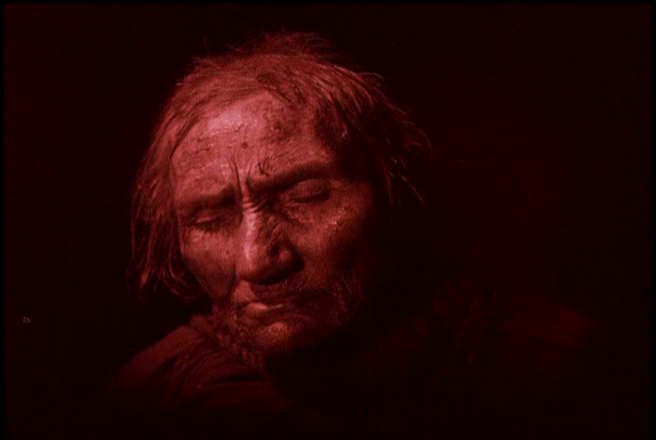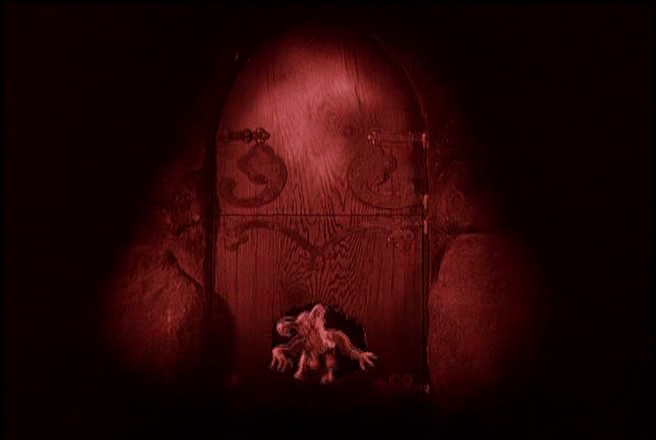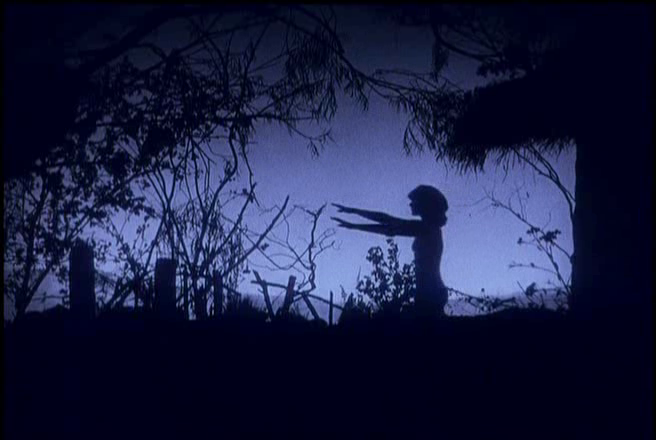Witchcraft Through the Ages / Haxan (1922)
“How do you expect me to confess to that which is not true?”
|
Synopsis: |
|
Genres, Themes, Actors, and Directors:
Review: Cinematically, the entire film is a consistently innovative visual treat. Christensen seamlessly blends animation, live action, costumes, and atmospheric cinematography throughout his motley narrative, using whatever tools best fit his vision at any given moment. Certain scenes are nothing less than shocking in their willingness to transgress our comfort zone, as we see (for instance) witches lining up to kiss the devil’s bottom, or a witch giving birth to Satan’s beastly children. In later scenes, Christensen attempts to connect his sequence of historical dramatizations with modern-day psychology — an effort which isn’t entirely successful (we can no longer chalk women’s psychological challenges up to pure “hysteria”), but which suits the film’s overall exploratory nature just fine. Meanwhile, Christensen also provides a fascinating meta-cinematic narrative, not only including “voice-over” intertitles for the early scenes, but openly “outing” the fictional characters as actors who were apparently closely involved in the entire endeavor. Note: This film was released in 1968 in a truncated form, with a voiceover by William Burroughs — but the restored full version (which is what I saw) is apparently highly preferred. Redeeming Qualities and Moments:
Must See? Categories
(Listed in 1001 Movies You Must See Before You Die) Links: |









One thought on “Witchcraft Through the Ages / Haxan (1922)”
A once-must, as (yes) a truly unique historical document from the silent era.
The assessment more than adequately sums up the film, so I’ve little to tack on. It’s true, though: viewers thinking early on that this is a fairly mild documentary should keep in mind that there is a very definite build as the film continues. Some of the imagery is increasingly bizarre, and a number of sequences are somewhat harrowing – though I wouldn’t say there’s anything to stir the squeamish. However, particularly disturbing (towards the end of the film) are the various shots of torture instruments used to make people confess to being witches. These devices – as well as the tendency in people to denounce neighbors as being in league with the Devil – are rather horrifying reminders of this black era of superstition. (We’re told that, in a few decades, over 8 million men, women and children were burned at the stake.)
The root of at least two must-see titles – ‘Witchfinder General’ and ‘The Devils’ – can be seen in this film.